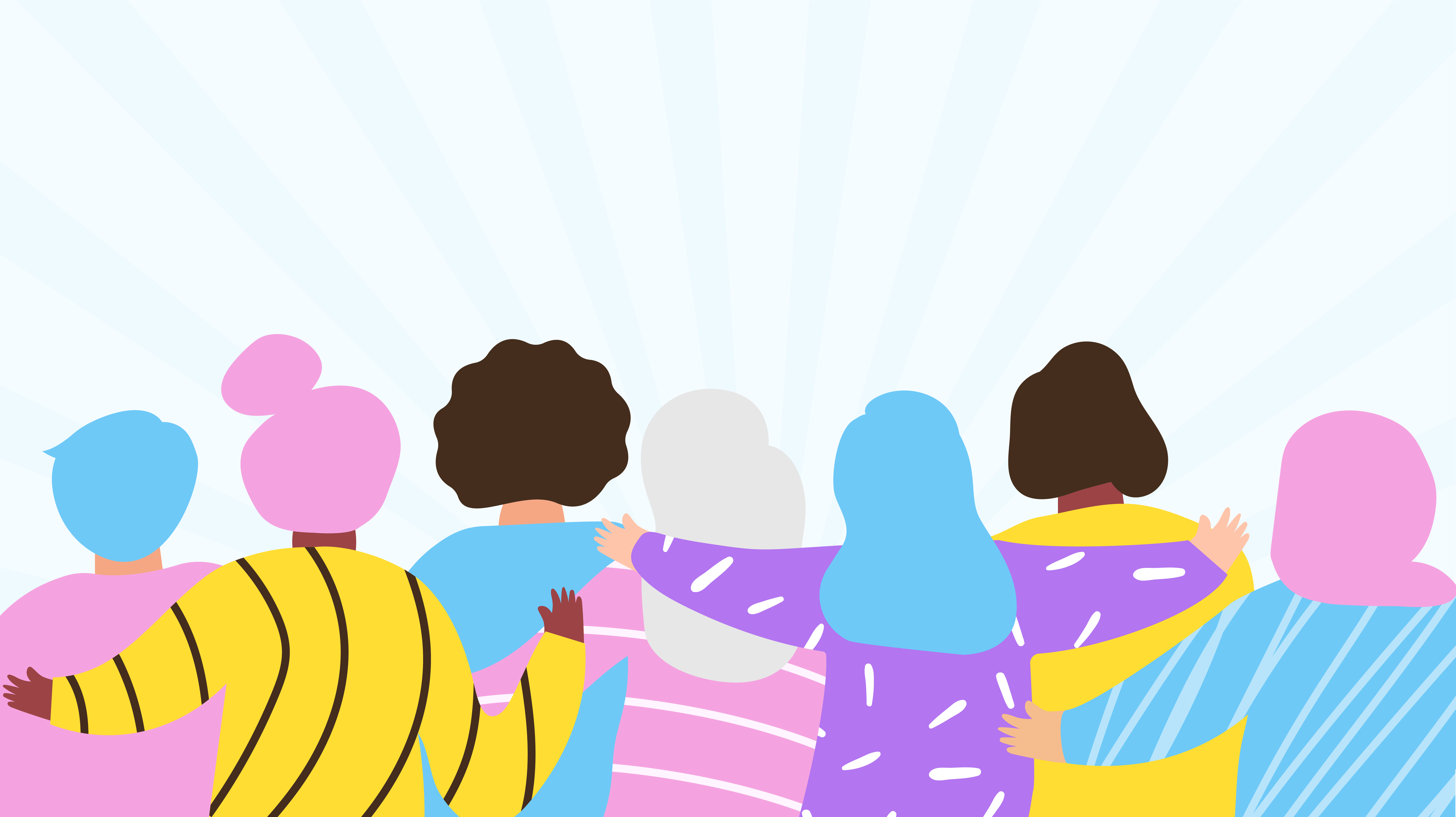By Faye Wai
7 min read

According to McKinsey’s Women in the Workplace report, 29% of working women believe their gender is an obstacle to their career advancement. This is alarming, isn't it?
We all face challenges at work as individuals. By now, you’ve probably heard a lot about problems like the gender equality gap and the disproportionate representation of women as leaders. But what can we learn from the collective experiences of women to solve these problems? Together, let’s unpack these complexities so we can have the right conversations and develop impactful solutions to address them.
For us to continue empowering working women, we have to debunk the myths that might paint a false picture of reality. Here are a few common misconceptions that make it more difficult for women at work.

Oh, and they aren’t assertive enough, right? I’ve heard this plenty. McKinsey shared data that shocked the world, proving this concept wrong. In the last two years, their report shows that slightly more women negotiated for a raise (31%) and promotion (37%) than men at 29% and 36% respectively.
You might be thinking that women aren’t as good at revenue generation than their male counterparts. This might surprise you: executive teams in the top quartile for diversity are 25% more likely to have above-average profitability than companies in the fourth quartile. A 2019 Credit Suisse report also found that the shares of companies with more women managers have higher returns, and they’re also associated with higher revenue growth and profit margins. But business leaders should have a strong interest in furthering gender equality beyond purely measuring economic impact. Companies that pull back on diversity may be limiting their access to talent, in-demand skills, leadership styles, and viewpoints, which likely affects every aspect of an organization.
“Women make bad leaders because they’re too emotional” is an unfair stereotype heavily influenced by unconscious bias (more on that later). A study from a UK jobs website showed that while women were twice as likely to cry at work, men are twice as likely to start shouting or even quit their jobs due to an emotional outburst. So it really depends on what you consider “emotional”.
Above all, we should stop viewing emotional expression as a sign of weakness. Emotions serve a purpose; they reveal problems that need to be addressed and let coworkers understand how we’re all different.
If you’re lucky, you’ll find yourself surrounded by a professional community that celebrates women and their achievements. However, many women grapple with real challenges every day. Here are just a few:

In 2020, just under a third of North American senior management positions were held by women. Men fill over 90% of C-suite roles in Canada. And for every 100 men promoted to manager-level roles, only 79 women went through the same process.
According to the World Economic Forum, women are underrepresented in emerging roles such as cloud computing (12%), engineering (15%), and data/AI (26%). And Randstad says 1 in 3 women are afraid of losing their jobs to technology. Looking ahead, this limits the opportunities for women in our increasingly digital and technical world. Not surprisingly, women need to be better equipped with the skills and technology to pursue these demanding rules.
The pandemic put pressure on everyone, but especially the ladies. Women make up 39% of global employment, but they accounted for 54% of job losses as of May 2020. Furthermore, women are overrepresented in sectors heavily hit by COVID-19, such as hospitality or the food services industries, which further exacerbates those inequalities.
The US State of Labour showed that over 70% of mothers with children under 18 have jobs. Carrying a child and taking extended time off, such as maternity leave, means women face an unemployment penalty that makes their careers more prone to stagnation.
Not all workplaces offer parental leave, flex schedules, and ample paid time off. Partner imbalances are all too common in household duties, so working mothers are more likely to take on an unpaid and stressful “second shift” after work. Single mothers have it worse. Oh, add on a pandemic? Domestic abuse reports have skyrocketed since COVID-19, which adds to their emotional labor and stress at work as they’re likely struggling to find an escape, support, or additional resources.
It’s been a long battle—negative judgments and generalizations about women’s abilities are nothing new. Gender bias is especially strong during the recruiting process. Whether it’s performance, ambition, and attitude, unconscious biases are an underlying factor in women scurrying to prove themselves in the workplace. Many women also face microaggressions such as ideas being shot down and credit taken from them. Adding to that stress is the overwhelming amount of women (35% of McKinsey survey respondents) reporting sexual harassment in their careers.
And that’s an understatement in every way. Payscale’s research says that women received 19% less than the median salary for men working the same job in 2020. Furthermore, the 2020 Global Gender Gap Report states that it will take another 100 years to achieve gender equality at the current rate of progress. Yes, you heard right. A century! You might be thinking advocacy efforts have increased progress and awareness more than ever before, but unfortunately, this is the harsh reality of where we’re at.

Everything, and particularly solidarity, begins with awareness. Now that you’re more informed about the misconceptions and existing challenges women face, let’s take action and make a positive difference.
Automation is threatening jobs in several industries that employ many women, for example, in service industries and manufacturing assembly industries. Fortunately, companies are recognizing the value of soft skills like communication and empathy, especially when developing and training leaders. Women are more inclined to have many of these skills, which are hard to replicate using technology.
The overgeneralization of women's behavior in the workplace aggravates the existing unconscious bias they face. We must not forget about individuality and intersectionality—where the barriers to many groups of women are exacerbated, like women of color, religious women, and disabled women.
Organizations can help promote diversity by providing tools, workshops, and implicit bias training. Through employee resource groups for women, leaders can collect feedback for improvement and also provide mentorship opportunities. The gender pay gap is also a critical step and must be addressed; Unbounce’s gender parity pledge is an excellent example for others to follow.
Apart from this, let us not forget quick steps we can all take to support women professionally, like recognizing their achievements and sending them a thank you message to show appreciation. Or even better, write a positive recommendation or endorse them for their skills on LinkedIn. Most importantly, women should be offered equal opportunities to grow, innovate, and lead.
Talking about the barriers women face at work doesn’t mean we forget about individual employee experiences. Every woman is different and faces her own unique set of challenges at work. Using empathy and transparency, conversations can help us shed light on the worries, frustrations, and contributions of all kinds of women so we can involve them further in the quest of improving our workplaces.
It isn’t enough to simply play catch up on the latest statistics every now and then. Until we achieve gender equality, we must aim to seek ongoing progress and raise awareness every day. Let’s take constant action to support and uplift women at work.
Anything else you’d like to share? We’d love to hear about your personal experiences in the comments below.
Read more by
Faye Wai
Jostle’s employee success platform is where everyone connects, communicates, and celebrates at work. Find out more at jostle.me. © 2009–2025 Jostle Corporation. All rights reserved.